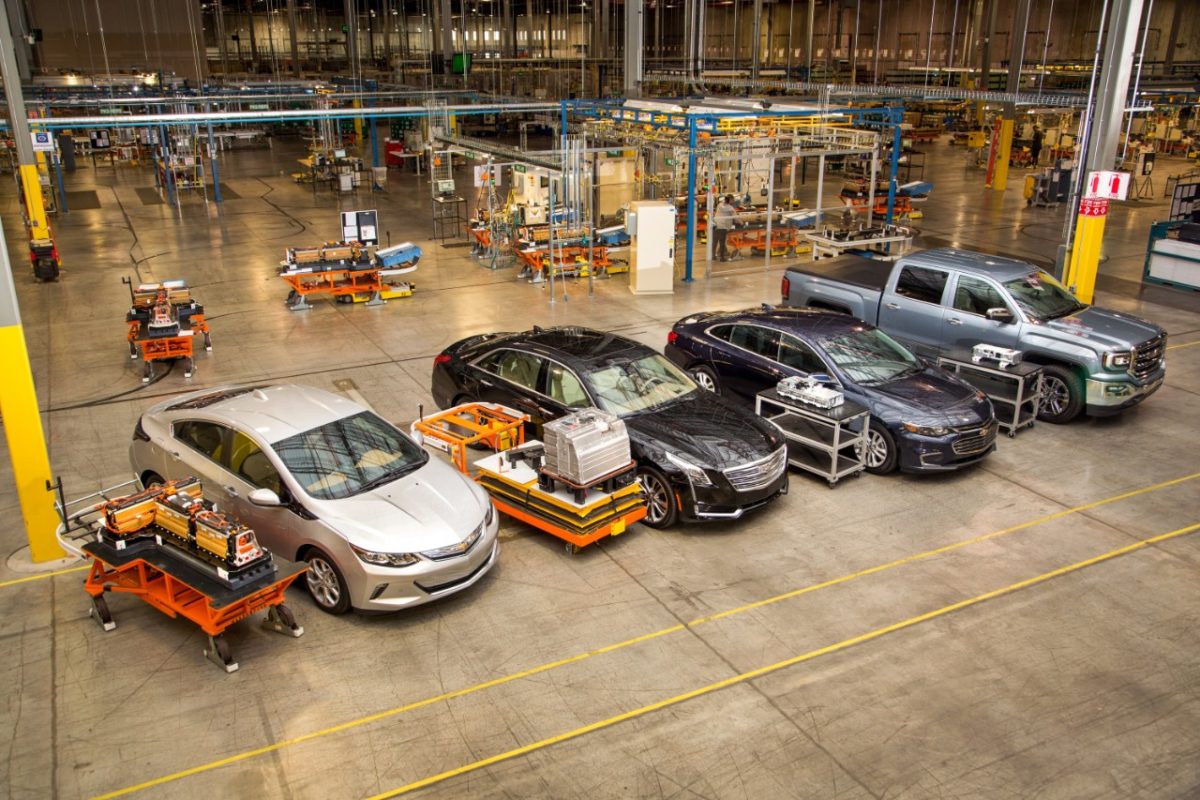Spruce Finance acquired Clearway Energy’s entire residential solar portfolio, its largest acquisition to date: The deal is Spruce’s largest to date and the latest example of the company’s residential solar asset “growth by acquisition” strategy in the U.S. The 53 MW of rooftop solar assets acquired from Clearway expands Spruce’s portfolio by 20 percent to more than 250 MW. News of the Clearway deal comes on the back of Spruce’s recent announcement that it closed a $124 million debt financing deal for its portfolio of residential solar power purchase agreements and leases with Vantage Infrastructure and Sequoia Economic Infrastructure Income Fund. Source: Spruce Finance
General Motors is committing to 100% renewable energy at its Spring Hill Manufacturing plant in Tennessee, the largest of the company’s plants. This green tariff agreement with the Tennessee Valley Authority is expected to supply up to 100 MW of solar energy per year, beginning in late 2022. The solar facility that will be providing the electricity is still under development by Orgis energy and will be located in Lowndes County, Mississippi. Source: General Motors
Ginlong Technologies, a global provider of photovoltaic string inverters, plans to raise over $100 million, through a non-public offering to finance the expansion of its manufacturing capacity. Facing a rise in the global string inverter market, Ginlong will use these funds to double its production capacity of Solis products to 20 GW per year. This expansion will enable Solis to boost its supply to grid-connected and solar-plus-storage projects for customers world-wide. Source: Ginlong
The renewable energy transition is coming to Asia. The US–China trade war and COVID-19 have massively impacted coal financing: A key impetus is the dramatic, ongoing deflation in the cost of solar energy and battery storage. Both have seen costs drop 80 to 90 per cent over the last decade and the Institute for Energy Economics and Financial Analysis (IEEFA) expects both to halve again in the coming decade. Renewables are now a cheap source of energy generation, beating the costs of new imported coal. Such a global market transformation has significant implications for energy security. India, for example, imported some US$250 billion worth of fossil fuels in 2019, both a massive economic drain and a major energy security risk. Leveraging renewable energy resources — wind, solar and hydro — allows for domestic diversification away from imports and helps reduce energy security risks. India is targeting 450 gigawatts of renewables by 2030. China has been the world’s largest investor in renewable energy in the last decade. The IEEFA expects Chinese renewables to reach grid parity with coal-fired power nationally in 2020 as capacity expansions drive economies of scale and continuing deflation. Source: IEEFA.org
SunPower’s planned split and establishment of Maxeon Solar Technologies has taken a major step forward, as the split received regulatory approval from China’s State Administration for Market Regulation. The planned company split is expected to be completed by the end of the second quarter, pending signing of financial facilities. Maxeon Solar is planning to host a Capital Markets Day prior to the close of the transaction. An equity investment of $298 million will be made in Maxeon Solar by Tianjin Zhonghuan Semiconductor, a global supplier of silicon wafers. Source: SunPower
This content is protected by copyright and may not be reused. If you want to cooperate with us and would like to reuse some of our content, please contact: editors@pv-magazine.com.









Interesting news, GM wants to go all solar in their Spring Hill Plant, The World over is finally understanding that importing “fuels” for manufacturing affects production and reliability. Mentions India and manufacturing. It is known that India’s coal reserves are something like 50% or greater “soft coal”. The most efficient coal fired operations are designed for hard coal, which has to be imported. As fueled generation falls by the way side and alternative energy with energy storage replaces it, the cost of goods and services should come down and productivity will level off when things are produced with non-fueled energy, your bottom line depends on manufacturing line energy efficiency and alternative energy capture.